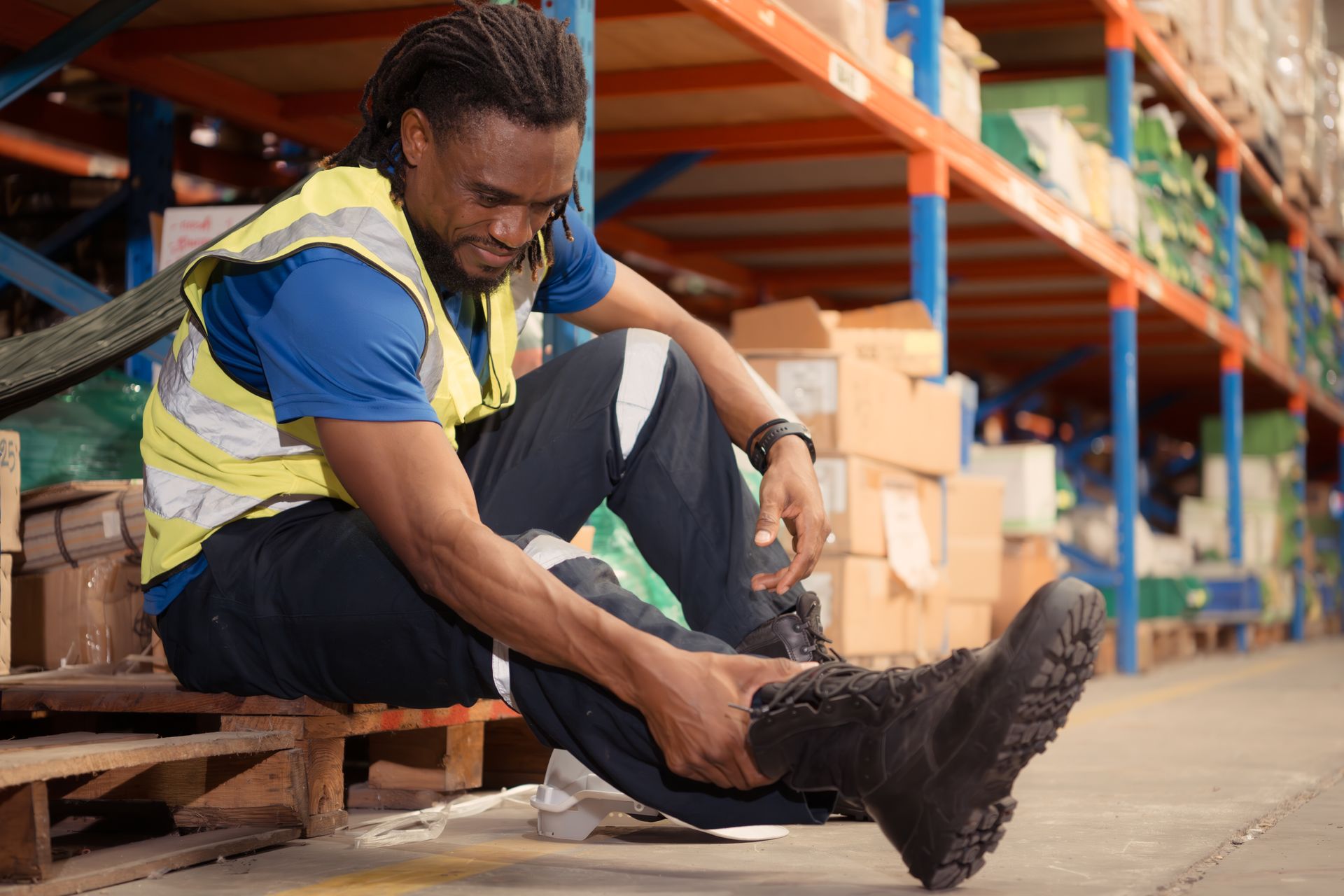Deep Vein Thrombosis - When the Clot Thickens
Originally posted in August 2021 on Healthy Cells Magazine.
Lots of things can cause pain and swelling in your leg. But if your symptoms stem from a blood clot deep in your leg, it can be dangerous. Blood clots can happen to anyone, anytime. But some people are at increased risk. Taking steps to reduce your chances of a blood clot forming in your veins can help you avoid potentially serious problems.
Blood clots can arise anywhere in your body. They develop when blood thickens and clumps together. When a clot forms in a vein deep in the body, it’s called deep vein thrombosis. Deep vein blood clots typically occur in the lower leg or thigh.
Deep vein thrombosis (DVT) has classic symptoms—for example swelling, pain, warmth, and redness on the leg. But about 30–40% of cases go unnoticed, since they don’t have typical symptoms. In fact, some people don’t realize they have a deep vein clot until it causes a more serious condition.
Deep vein clots can break off and travel through the bloodstream. If a clot lodges in the lungs, it can block blood flow and lead to a sometimes-deadly condition called pulmonary embolism. This disorder can damage the lungs and reduce blood oxygen levels, which can harm other organs as well.
Some people are more at risk for deep vein thrombosis than others. Usually, people who develop deep vein thrombosis have some level of thrombophilia, which means their blood clots more rapidly or easily. Getting a blood clot is usually the first sign of this condition because it’s hard to notice otherwise. In these cases, lifestyle can contribute to a blood clot forming—if you don’t move enough, for example. Your risk is higher if you’ve recently had surgery or broken a bone, if you’re ill and in bed for a long time, or if you’re traveling for a long time (such as during long car or airplane rides).
Having other diseases or conditions can also raise your chances of a blood clot. Blood clots are sometimes a complication of untreated varicose veins. Stroke, chronic heart disease, high blood pressure, a surgical procedure, or having been recently treated for cancer are other conditions that increase your risk. Women who take hormone therapy pills or birth control pills, are pregnant, or within the first 6 weeks after giving birth are also at higher risk. So are those who smoke or who are older than 60. But deep vein thrombosis can happen at any age.
A prompt diagnosis and proper treatment can help prevent the complications of blood clots. See your doctor immediately if you have any signs or symptoms of deep vein thrombosis. Do not ignore varicose veins and see a vein specialist for an evaluation.
There are many ways to treat deep vein thrombosis. Therapies aim to stop the blood clot from getting bigger, prevent the clot from breaking off and moving to your lungs, or reduce your chance of having another blood clot. One of the best ways to avoid DVT and pulmonary embolism is to practice a healthy lifestyle and maintain healthy circulation. These simple tips will help your venous health.
- Get 30 minutes of exercise daily
- Maintain a healthy weight
- Avoid long periods of sitting or standing
- Travelers should wear loose, comfortable clothing, take frequent breaks and move their legs whenever possible.
- Studies have shown that wearing medical grade compression stockings while traveling can significantly reduce your risk for DVT. These stockings help increase the circulation in your legs.
- Stay hydrated. Drink lots of water and avoid caffeine or alcohol because both are dehydrating.
- Do not leave your varicose veins untreated.
To schedule a complimentary evaluation at the ONLY FULL-TIME Vein Clinic in downstate Illinois, call The Vein Specialists at (309) 862-4000 or visit them online at www.ILveins.com. They have convenient locations at 3302 Gerig Drive in Bloomington or 2011 Rock Street, Suite D2 in Peru.











